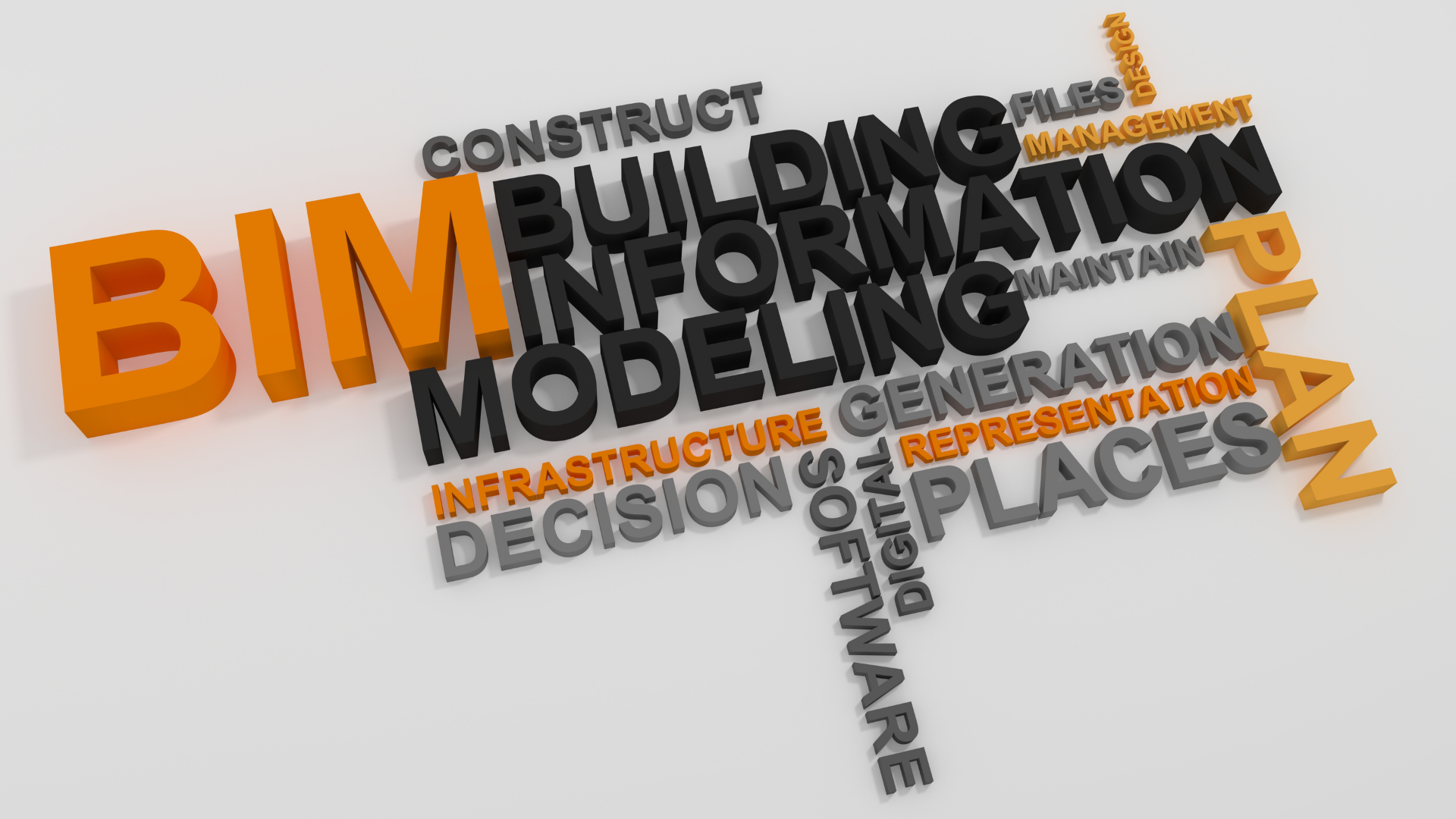BIM with Revit: the benefits
The world of virtual design is increasingly linked to the use of BIM software

The world of virtual design is increasingly linked to the use of BIM software. It has several applications and programmes that can enhance its functionality.
These include Autodesk Revit, a true BIM-compatible design software with specific skills that make the programme highly functional.
BIM with Revit, what are the benefits
The BIM software was in fact produced in 2000, with the specific intention of making possible a series of occupations and possibilities within the world of designers that would otherwise not have been possible.
Revit was then acquired in 2002 by the company Autodesk, already author of highly specialised programmes such as AutoCAD, which today offers developments and opportunities to update the software, even for users who want to modify and implement their knowledge and skills in the field from time to time.
The use of BIM with Revit therefore allows the exploitation of real functional tools, which, through their specific characteristics, enable an intelligent use of the processes involved in the various phases of the management and construction of buildings and infrastructures in general.
Therefore, BIM with Revit affects the project starting from planning and then going through all the phases preceding construction, such as the drawing and design of the building.
The benefits could be reduced to these possibilities in order to be already largely satisfactory for a professional in the field, but in reality the most important possibility, which makes this software so close to the customer’s needs, is the fact that it is a software through which it is entirely possible to have a full and faithful example of reality through three-dimensional, axonometric and perspective elements, without the slightest error.
Among the programme’s features and functionalities, there are, therefore:
- A development of the design through as faithful a perception of reality as possible, through the use of intelligent tools.
- The possibility of obtaining three-dimensional drawings close to this same reality, thus achieving and obtaining results that would be impossible to achieve with manual drawing alone.
- The presence of a fourth dimension that, unlike other specialised software, already exists within the product and allows the management and setting of time phases, thus dividing the State of Fact from the State of Design.



































































